Garden crop - common cucumber, is a thermophilic annual plant. Green vegetable grows not only in the temperate latitudes of the country, but also in more severe climatic regions - Siberia, the Far East. The cold air and the short summer of Siberia negatively affect the thermophilic plant. Therefore, local breeding stopped on the cultivation of hybrids obtained by crossing two varieties.
The most important properties of seed varieties of cucumber suitable for outdoor cultivation in Siberia, are cold resistance, disease resistance, poor lighting. The self-pollination of such plants is considered a big plus, which is an advantage and gives a better result compared to bee-pollinated plants.
Content
Features of climate and growing cucumbers in open ground in Siberia
Planting cucumbers in unprotected Siberian soil is possible, but only subject to special technology. The cultivation system includes the following factors:
- Skillful selection of species, taking into account adaptation to climatic circumstances and ripening dates.
- Seeding starts at a steady air temperature of + 15 ° C, while the temperature of the earth at a depth of 100 mm should be at least 10 ° C. Usually sowing is carried out in the second or third decade of May, if favorable days are issued.
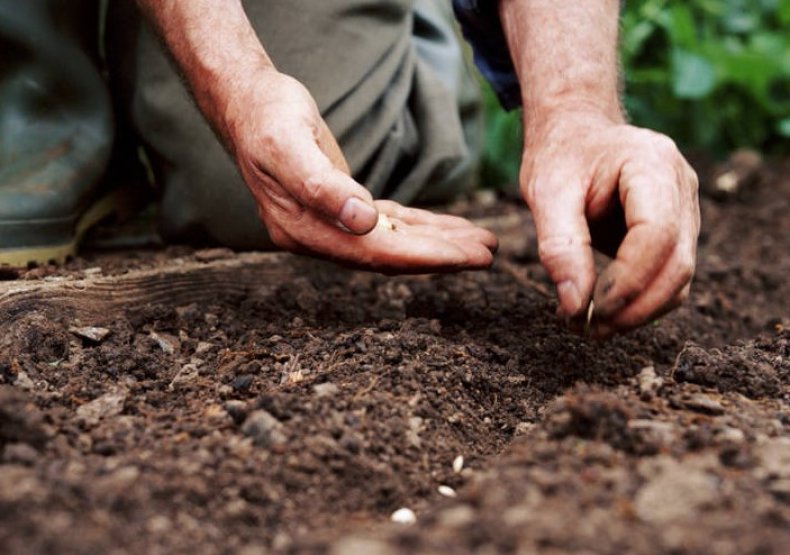
If the weather is inconsistent, planting is postponed to the first decade of June to allow seeds to sprout. - Cucumber seeds are pre-prepared, after which they germinate better, and the fruits are less susceptible to disease.
- A small greenhouse will help improve germination if the air has not warmed up to the desired level. A small greenhouse is built from metal arcs, which are covered with a non-woven covering fabric of white color. It can be successfully replaced with a transparent cellulose film or glass frames.
- Planting cucumbers for two years in a row in the same place will not bring a good result. The plant needs to return to its old place no earlier than the fourth season.
- If the night air temperature drops below 15 ° C, the plantings should be covered with a film. With significant cooling, it is recommended to use a cellulose film.
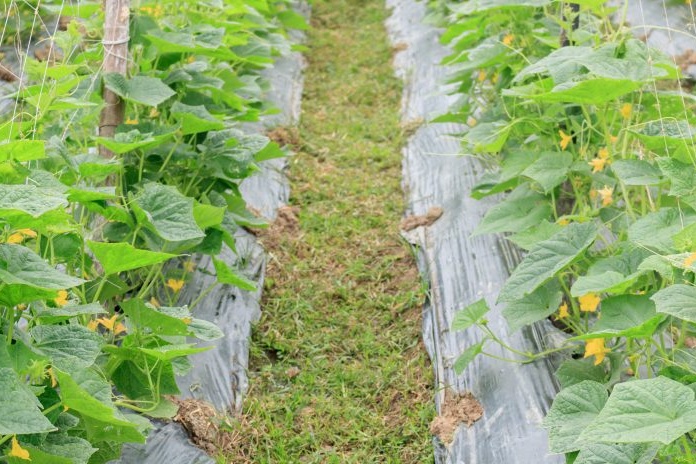
Cucumbers under the film - A temperature of at least + 22 ° C will help the formation of the ovary, therefore, with some cooling of the air, polyethylene must be kept during the day.
- Proper watering is also a component of agricultural technology. Cucumbers do not like the excess of water, as well as the drying of the soil.
For a particular area, planting specific types of cucumbers that are suitable for growing in this area will be required.
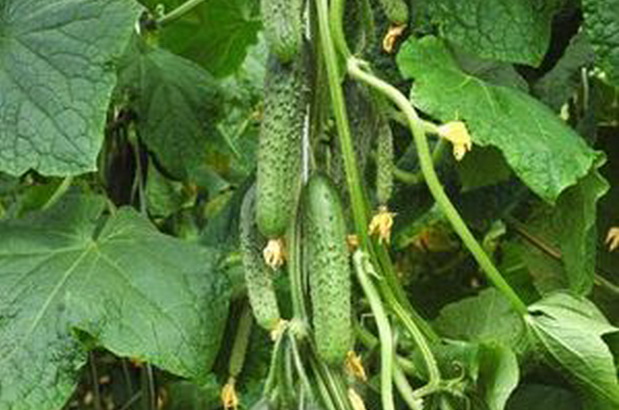 You may be interested in:
You may be interested in:The best varieties of cucumber seeds for open ground in Siberia
The best species for planting in Siberia are cucumbers that are resistant to the harsh conditions of a cold climate. They can be divided into two groups - self-pollinated and bee-pollinated.
Self-pollinating
The property of parthenocarpy is inherent in a certain category of hybrid varieties.It is expressed in the ability to form a cucumber fruit without pollination.
The following self-pollinated species are considered the best for the Siberian region:
- Miranda F1. The variety is resistant to frost and fungal disease of plants - powdery mildew. Seeds for seedlings are sown in the second or third decade of April, and at the end of May seedlings are planted in areas without shelter. The early hybrid is suitable for any type of soil, however, the more fruitful the area, the faster the plant will grow and produce fruit. It has a spreading large bush with bright green fruits, covered with barely noticeable yellowish stripes and small pimples.
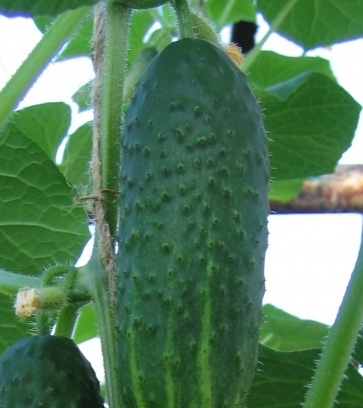
Miranda F1 - F1 Claudia. Refers to early ripening hybrids. Designed for eating and canning, Zelenets has a cylindrical, finely tuberous shape, up to 10 cm long. The main advantages of the described parthenocarpic variety are its high yield, resistance to various diseases, and high taste characteristics. Seeds are sown directly in the ground, in the last decade of May - four to six-week seedlings.
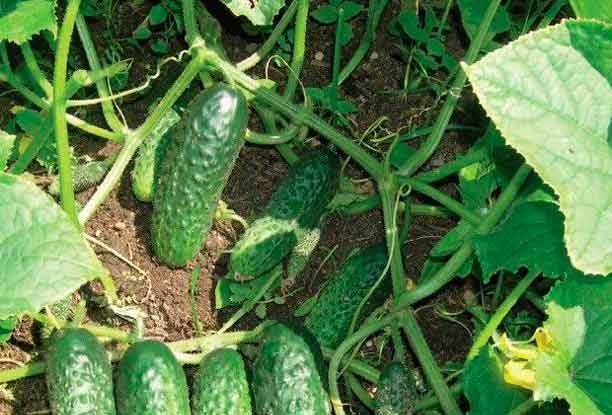
F1 Claudia - F1 Herman. Equated to very early gherkins, bears fruit 6-7 weeks after planting, has outstanding yield, disease resistance. With proper application of agricultural technology, up to 7-8 fruits are formed on each node of the stem. Zelenets grows up to 10 cm without bitterness, ripening occurs rather early and densely. The variety of cucumbers is intended for both fresh and pickled consumption.
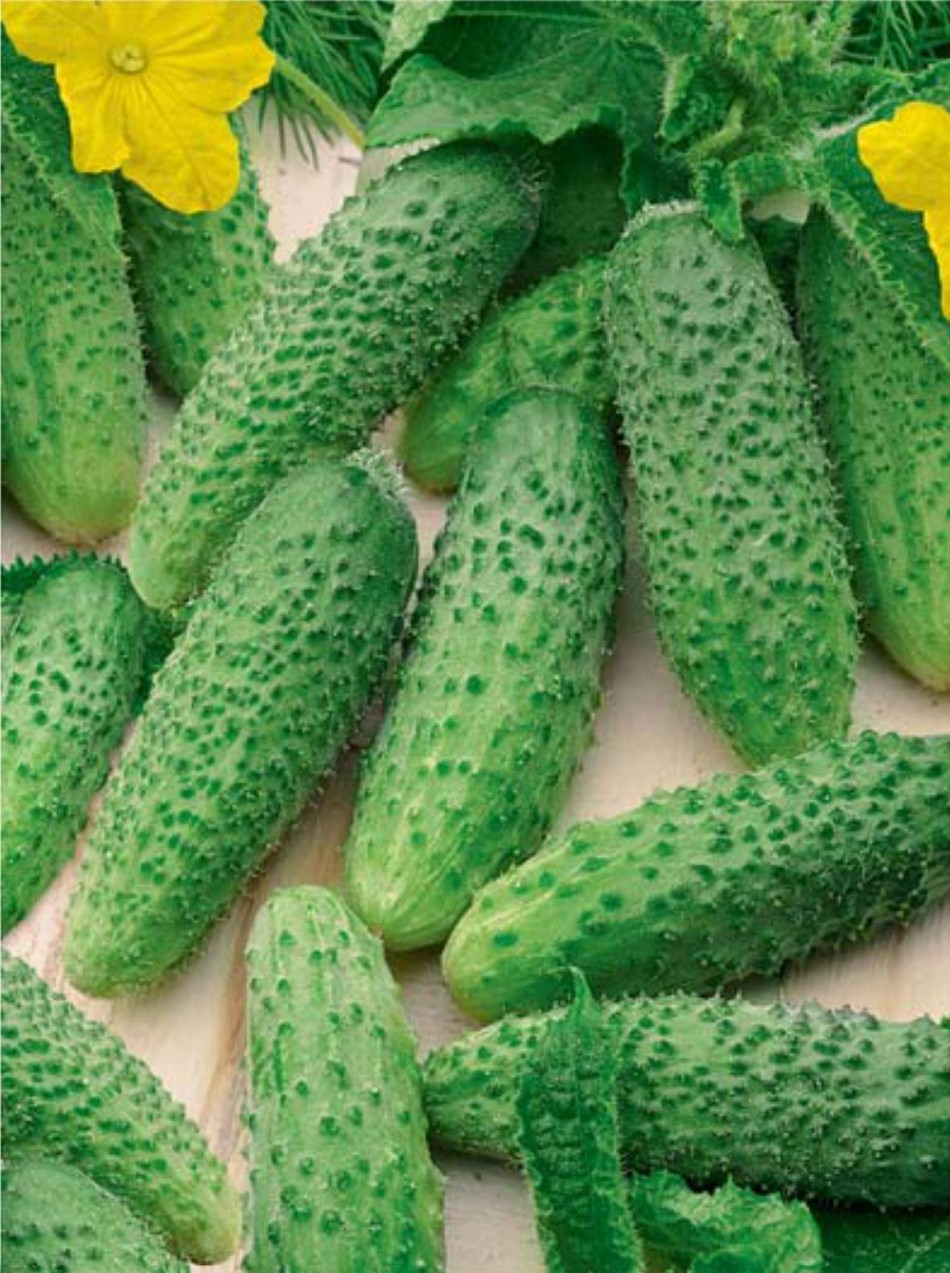
F1 German - Species F1 Zozul tolerates low temperature, fungal and bacterial diseases of plants. To improve germination, seeds are planted in the second half of May under a plastic film. After the beginning of fruiting, increased early maturity will allow you to collect Zelentsy literally every other day.
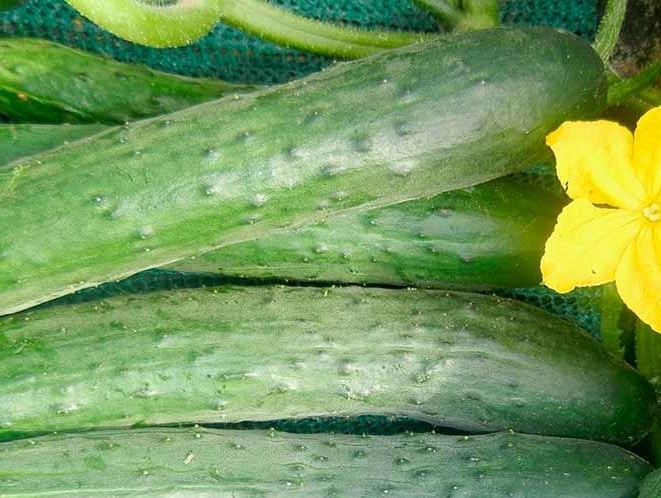
Zozulya F1
Bee pollinated
This type of cucumber requires pollination by bees or insects. One shoot contains male and female flowers, and bears fruit with greenbacks of both sexes. The following varieties are considered the most adapted to the Siberian climate:
- Altai. This brand of cucumbers is well known to Siberian gardeners. Differs in simplicity to weather conditions and resistance to temperature reduction. The plant belongs to early ripening, the ripening period ranges from 35 to 40 days. The bushes reach almost a meter height, are compact, and have average climbing ability.
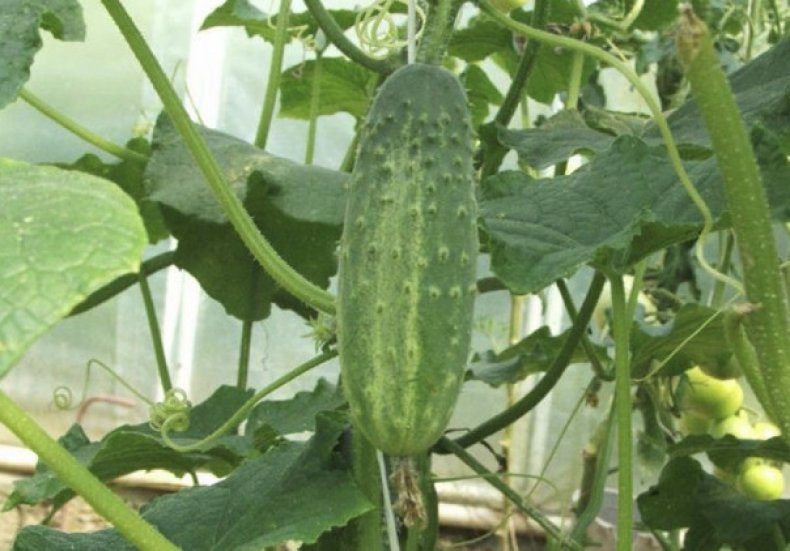
Altai - Firefly. The variety has a high yield, high pickling qualities, but is susceptible to bacteriosis, fungal diseases. The period from growths to the beginning of fruiting is determined by 45 days. The wicker bush rises to a height of more than two meters, the length and weight of Zelentsy are 12 cm and 90 g, respectively.
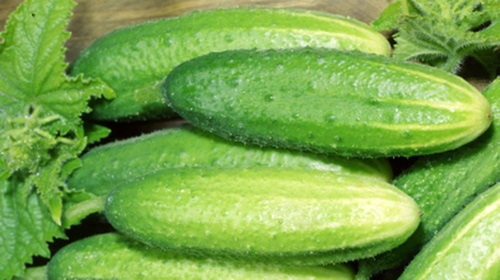
Firefly - F1 Brigantine. It gives high productivity in the West Siberian zone. The precocious hybrid is used in its raw form, preservation and salting. It is ellipsoid in shape, bright green in color, not susceptible to yellowness, the peel is covered with large tubercles and light green stripes.
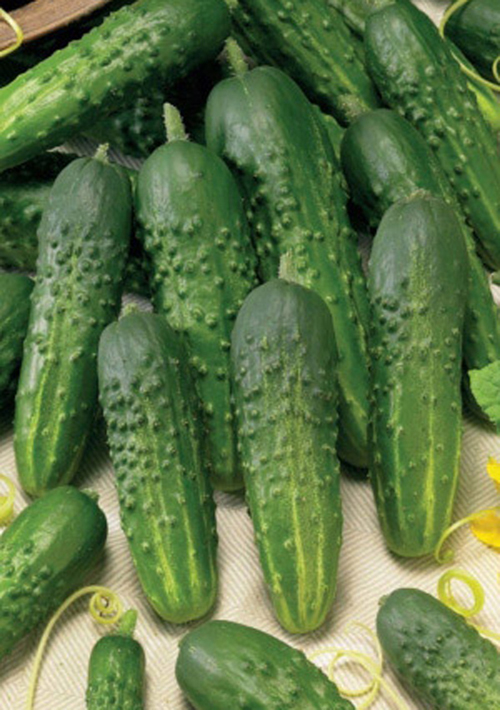
F1 Brigantine - Gusto. Early ripening variety, medium braided. The egg-shaped inherent intensive green color, lack of bitterness, does not turn yellow during storage. Cucumber has universal use.
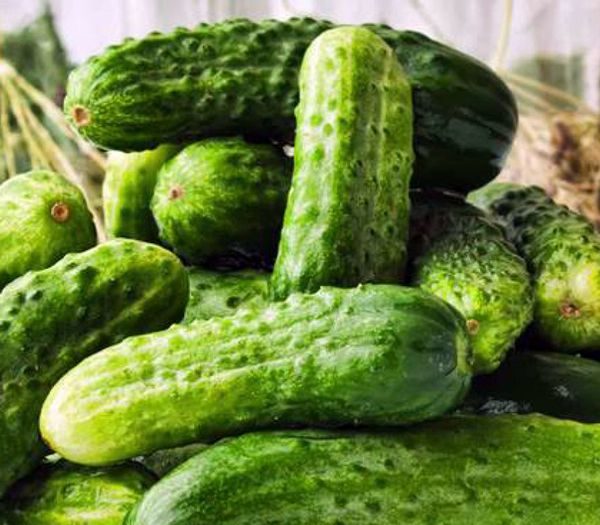
Smack F1 - Serpentine. The plant is resistant to cooling, drought, has high pickling qualities. Harvesting early ripe variety - 37-38 days. Form ovate-elongated with large tubercles, slightly ribbed, covered with blurry stripes. The length of the cucumber is more than 9 cm, weight - up to 85 g.
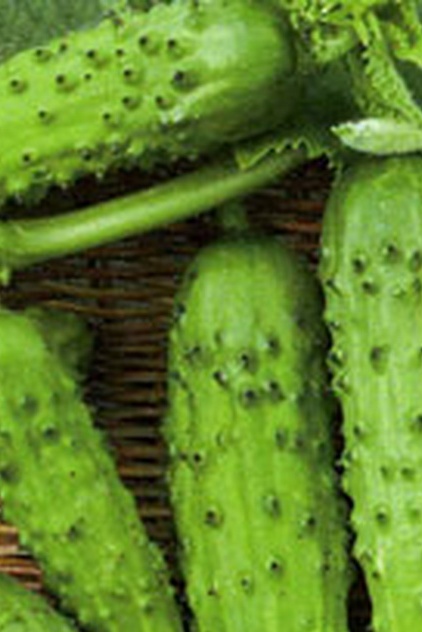
Serpentine - F1 Apogee. Middle-ripe, early ripe, productive plant, used mainly for the preparation of salads. After sowing seeds, after 50 days it begins to bear fruit. Zelentsy oval, tuberous, resistant to downy mildew.
Secrets and rules of growing cucumbers in Siberia in the open ground
The cool and short summer of the region does not allow cucumbers to mature in the sun. Therefore, for their full ripening, the rules of agricultural technology should be used.
The necessary conditions
Creating the necessary conditions is one of the factors for increasing plant yields. To do this, observe the following rules:
- start planting at a temperature of at least 15 degrees heat and warming the soil with a depth of 10 cm to 10 degrees;
- the acidity of the earth should be equal to 5.6 pH.
Before planting seedlings, mixed humus and straw in equal proportions are introduced into the prepared hole, and covered with earth.
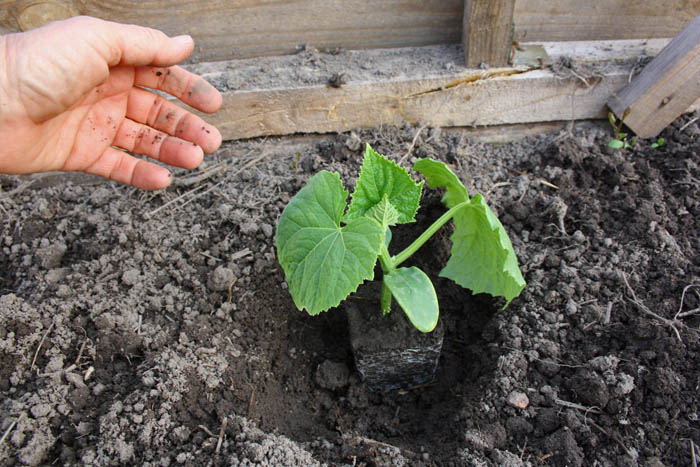
How to choose a place for landing, taking into account climatic features
The plot on which the bed will be broken is formed no less carefully than the planting conditions. The selection must be made according to the following criteria:
- the best place will be a small hill overlooking the south side;
- on the north side there should be buildings or forest planting;
- structural soil, well warmed by the sun.
It is undesirable to break a site in a lowland or pit. A low place collects melt water, nearby are groundwater.
Landing rules
For planting cucumbers, you should adhere to the optimal timing. In this gardener will help the lunar calendar. The favorable period is the second half of May, the deadline is mid-June.
The use of agricultural technology implies the following planting procedure:
- when planting on one line, the distance between the bushes should be at least half a meter, small branching reduces the gap by 10 cm, between rows it remains unchanged - 1 meter;
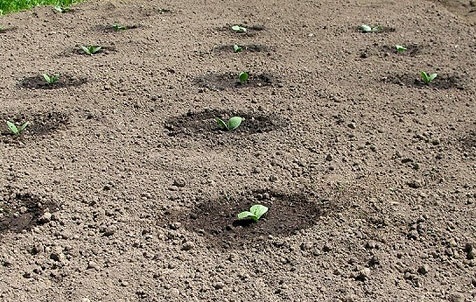
Rules for planting cucumbers - planting in two rows leaves between the bushes 60 cm, lines - 50, beds - 100 cm.
In the case of loose soil, seedlings are deepened to 4 cm, heavy earth will require no more than 2 cm.
Care
Proper plant care will allow you to harvest a good crop even in the absence of warm climatic conditions. The pumpkin family care technology is as follows:
- systematic loosening of the earth will prevent the formation of soil crust;
- as they grow, remove wild plants that drown cucumbers;
- sprawling bushes and creeping species should be tied to a trellis;
- in the absence of natural rainfall, often use artificial irrigation.
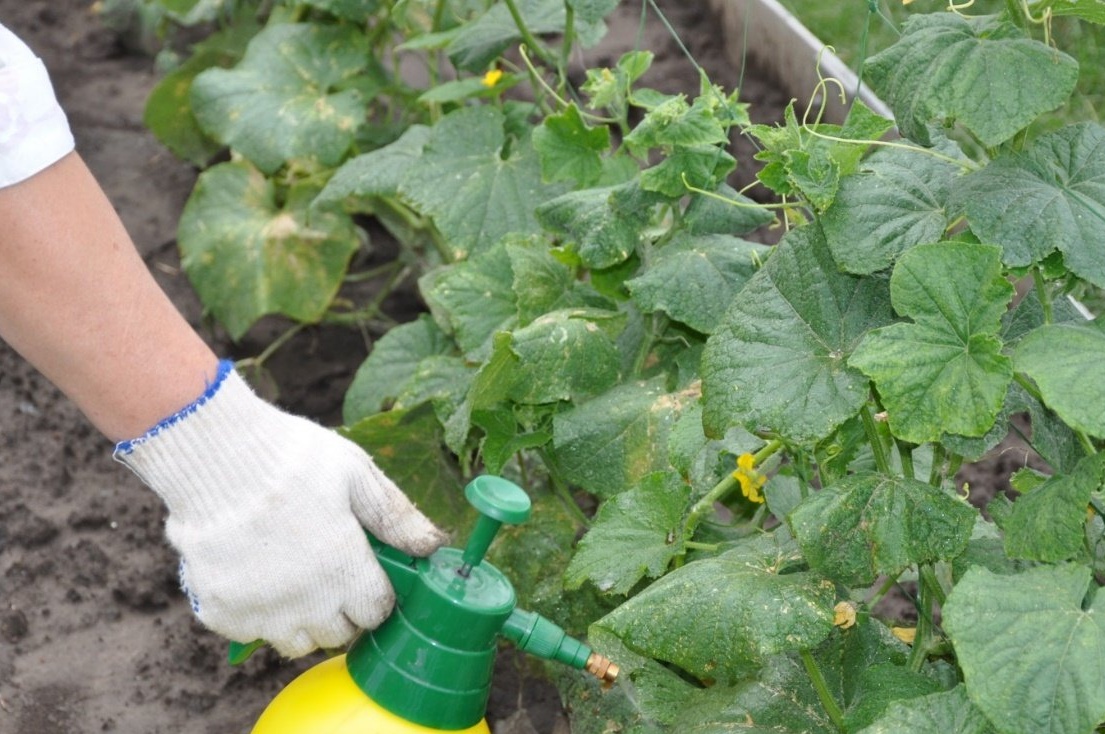
Top dressing before the flowering of the culture is carried out by stirring in a bucket of water 20 g of nitrogen and potassium, 30 g of phosphorus.
How to stimulate growth
The correct formation of bushes will allow you to get a good amount of yield. To increase growth and fruiting, it is recommended to use such methods:
- Pinch - the apical bud or a third of the upper part of the bush is removed. The action leads to an increase in the number of female buds.
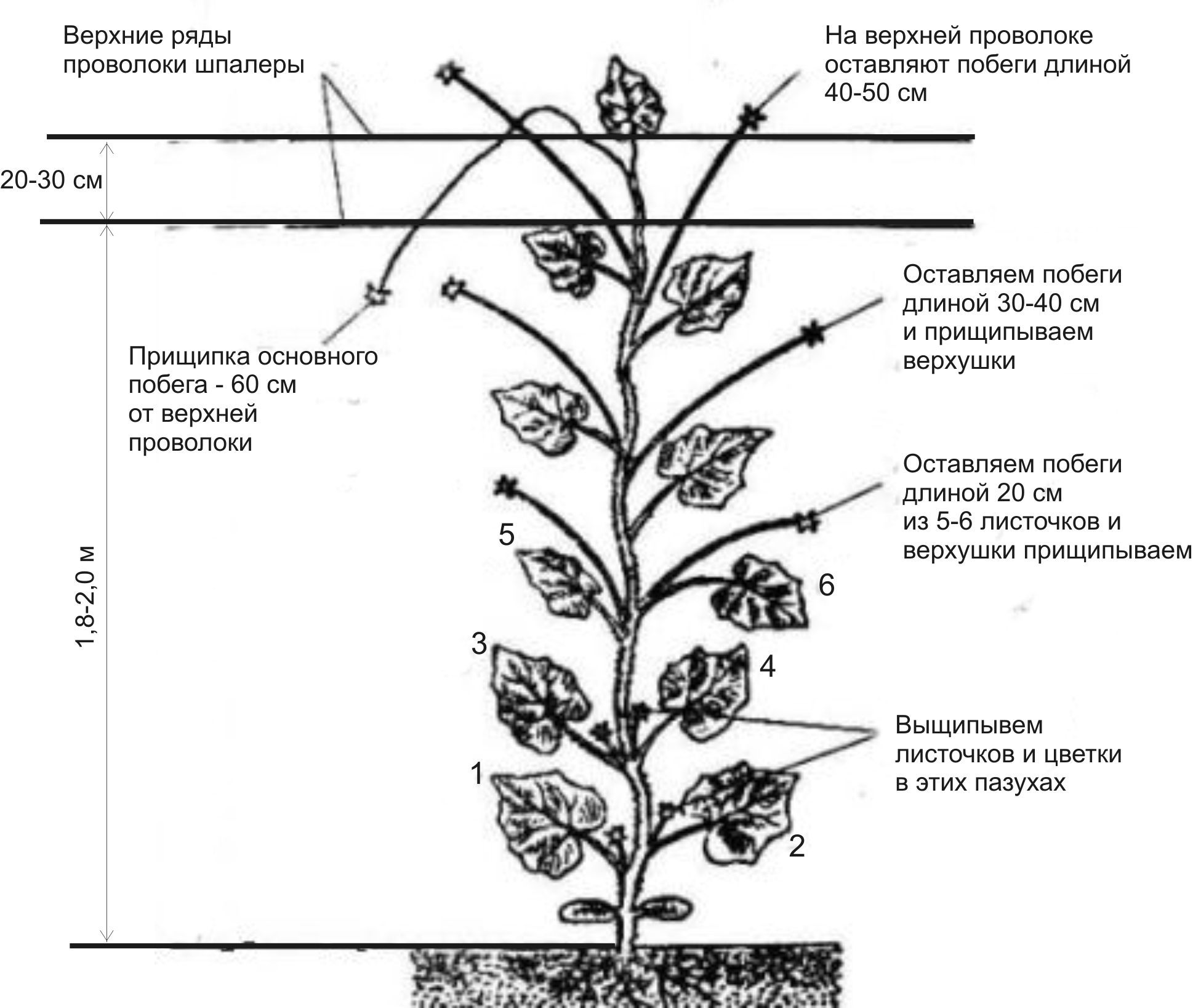
Pinch - Pasynkovka - removal of axillary buds that thicken the bush.
- Blinding is caused by the removal of all stepchildren and buds on the lower three nodes, all three color is removed on the next three nodes.
The latter procedure contributes to the formation of the earliest harvest.
Common questions
Secrets of landing and growing cucumbers in the climatic conditions of Siberia are the right choice varieties for a specific region. Equally important is the preparation of seeds for planting, sheltering beds at night lowering temperature, feeding. Observance of all conditions will lead to high yields of cucumbers.

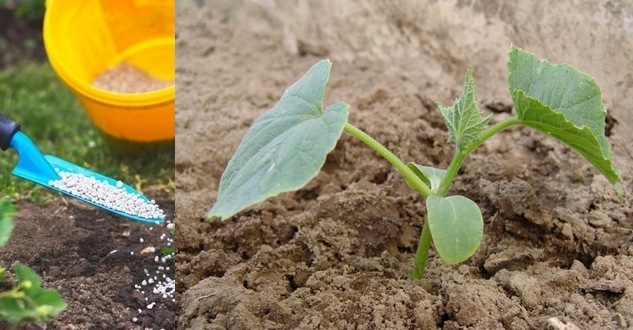
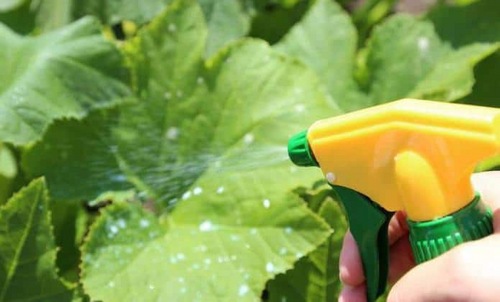
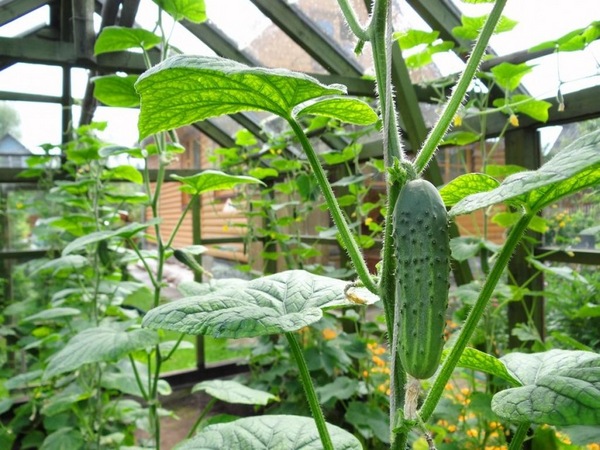
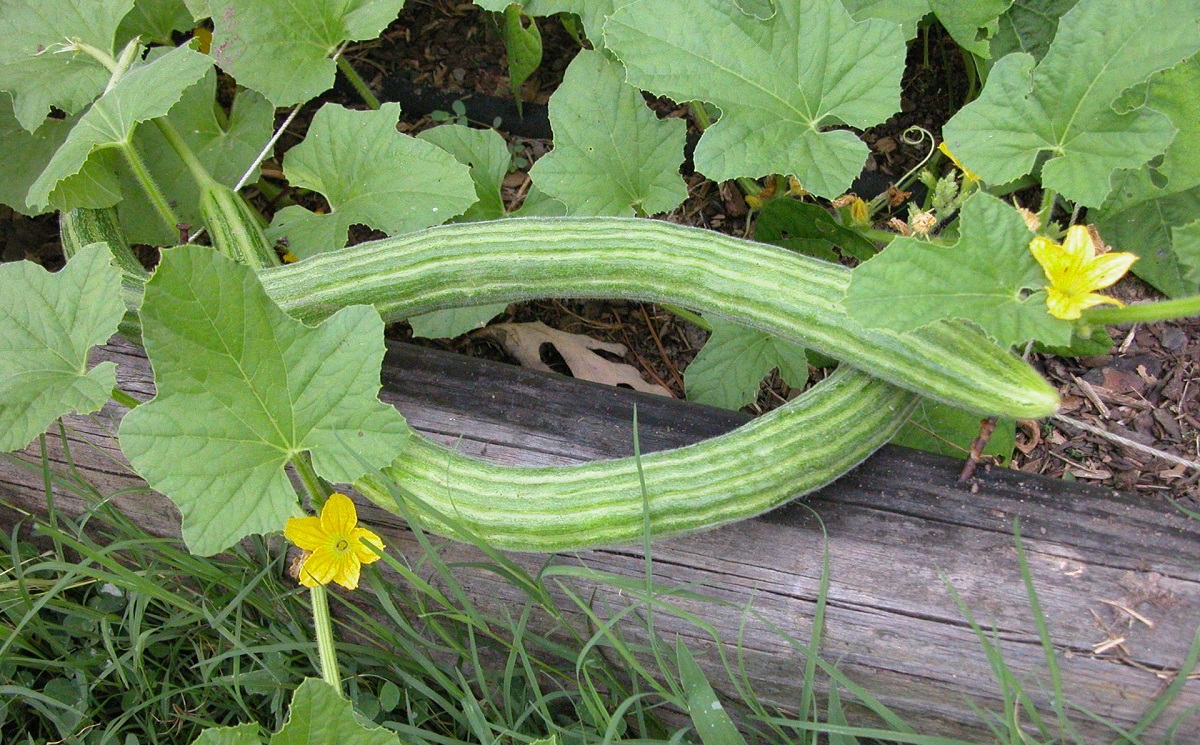 Armenian cucumber with melon flavor: description and characteristics, reviews
Armenian cucumber with melon flavor: description and characteristics, reviews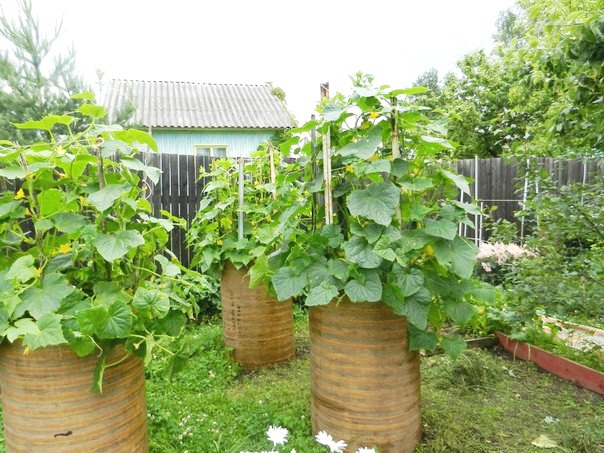 Do-it-yourself vertical beds for cucumbers: schemes, photos
Do-it-yourself vertical beds for cucumbers: schemes, photos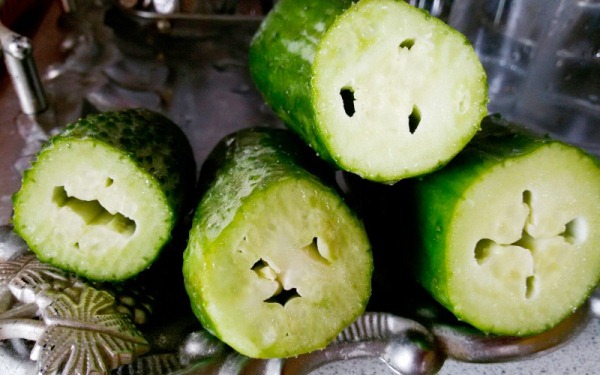 Hollow cucumbers: reasons for the appearance of hollow, what to do
Hollow cucumbers: reasons for the appearance of hollow, what to do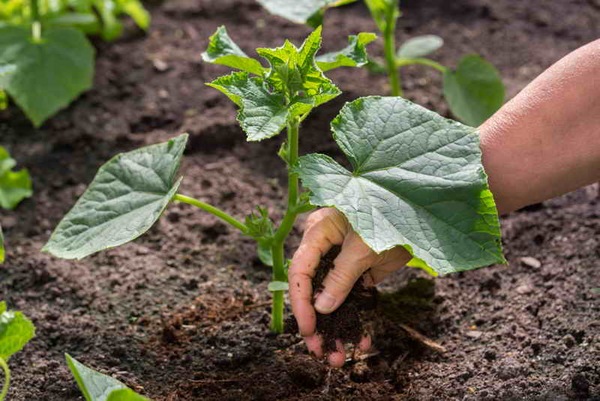 Which manure is best for cucumbers: application, how to breed
Which manure is best for cucumbers: application, how to breed